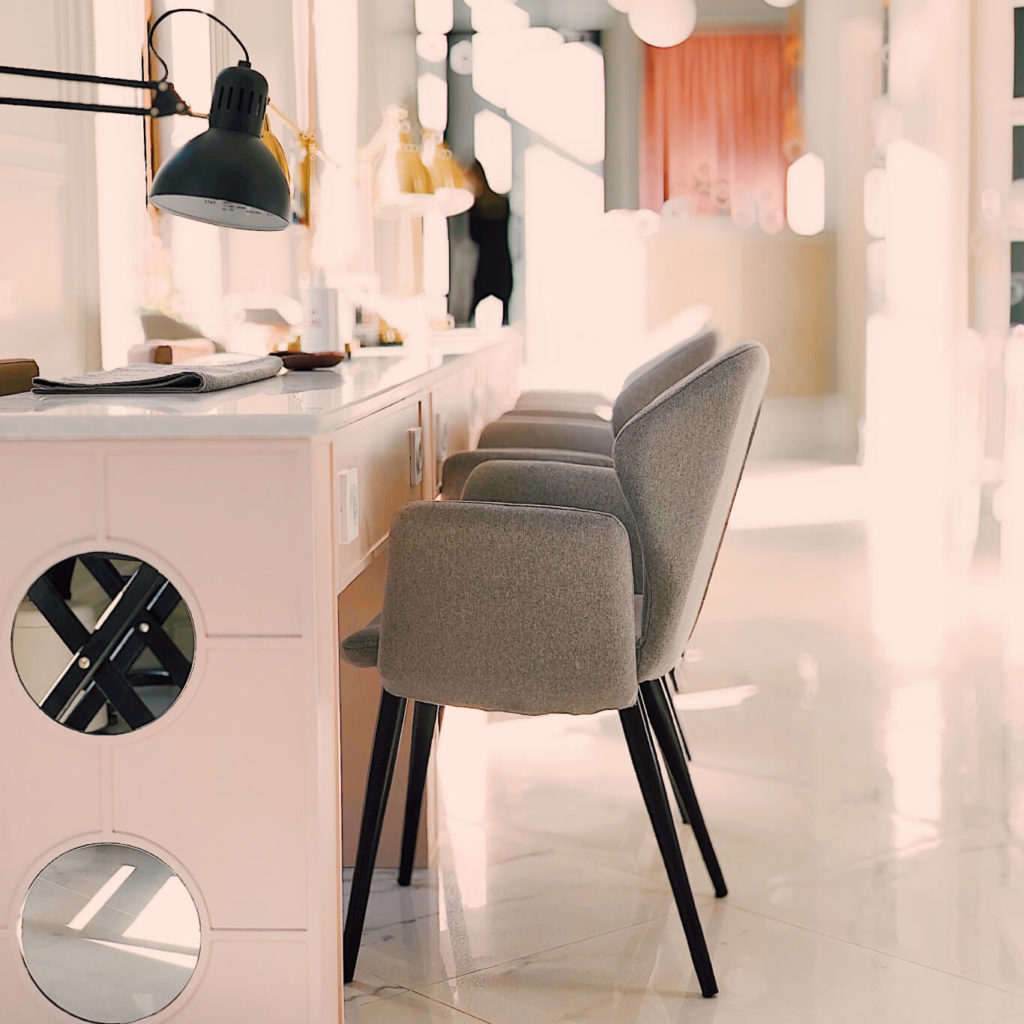Sunbeds

Vibra Floor
Rainbow Lights
Rainbow Lights are the latest technology in the tanning industry Not only are they visually pleasing, they also give you multiple health benefits. Give your clients something to talk about! These lamps consist of 4 different colours.
BLUE: Positive energy. Thanks to the antibacterial properties of blue light, it can help blemished skin and assists the regeneration process.
GREEN: Well-being. Green light is proven to reduce stress and have a calming influence on our minds. Green light has also been shown to enhance learning and concentration, which is why it is often used in classrooms
RED: Beauty. Red light reaches the deeper layers of our skin where the collagen and elastin fibres are found. It stimulates their growth, improves the skin’s moisture balance and inhibits the effect of free radicals in the skin.
YELLOW: Joy. The special UV-B light content increases the production of Vitamin D, essential to a healthy life. Vitamin D is responsible for regulating the absorption of Calcium and Phosphorus, and promoting healthy immune system function. It also plays an important role in bone growth and improved resistance against certain diseases.

Laydown beds
2* fully loaded Ergoline 1100 with Blue and Red tubes

Sunbeds - The Facts
- 7% of the UK’s adult population uses a sunbed = over 3 million people
- 70% of people want to be tanned
- 95% of sunbed users do not exceed the European Standard on maximum number of sessions per annum
- 88% of the UK population has skin types that can tan successfully in a controlled environment
- 38% of sunbed users do so for a pre-holiday tan.
- 83% of sunbed users claim to be quite or very knowledgeable of the possible risks from over-exposure to UV.
The main benefit of being tanned is seen as looking and feeling healthier. The main reason for using a sunbed is for a pre-holiday tan. Whilst the sun protection factor from a sunbed tan does not provide total protection, people having a base tan are less likely to over-expose themselves during the initial days of a holiday
Our natural skin colour is determined by skin pigment – melanin – and the presence and amount of melanin in an individual is determined by hereditary factors.
When our skin is exposed to UV, cells deep in our skin – called melanocytes – initiate a process where more melanin is produced. This subsequently ‘browns’ as it rises to the skin’s surface producing a tan. UV also causes the outer layer of the skin to thicken. This is the body’s way of building up protection to UV and to help avoid burning.
People will react differently to UV rays – darker skinned people produce melanin more readily. The skin of some very fair people contains very little melanin and, even when exposed to UV, they cannot form melanin, so they will not tan in sunlight or on a sunbed.
If the natural tanning process is rushed, sunburn will result. Our skin has a natural repair mechanism but if this is triggered too frequently, it may become exhausted and result in permanent damage to the skin.
Our skin type is something we are born with and we cannot change it!
There are six basic categories of skin type. See if you can identify your skin type using the table below. Your TSA sunbed operator will always assist you.
| Skin Type | Skin Description | Reaction to Tanning |
| 1 | Very fair
Usually lots of freckles, red or sandy hair; blue or grey eyes |
High burn risk; skin turns red and peels. Advised not to tan in sunlight Do NOT use a sunbed |
| 2 | Fair Possibly with freckles; blond to brown hair, green and grey eyes |
High burn risk. Great care should be taken in tanning. Tanning tends to be light |
| 3 | Fair to light brown No freckles; dark blond or brown hair, grey or green eyes |
Medium risk of burning. Capable of building up a moderate tan |
| 4 | Light brown Dark brown hair and eyes |
Burning is rare; tanning is rapid and deep See additional note below |
| 5 | Deep brown skin Dark hair and eyes |
Burning is seldom; tanning is rapid and deep. This type of skin has its own natural protection. See additional note below |
| 6 | Very dark skin Black hair and dark eyes |
Never burns in natural sunlight. See additional note below |
NB: Skin Types 4, 5 and 6: These skin types need to exercise precaution on initial exposure. Initial exposure should also be moderate. This particularly applies if living in the UK and Ireland as natural skin protection factor is depleted through lack of regular exposure to sunshine
ENGLAND AND WALES - The law came into force on 8 April 2011. It is illegal to allow anyone under 18 to use a sunbed
The best way to tan!
There is a regulation governing the maximum UV output of sunbeds. This is generally referred to as 0.3 and is approved by the EU and complies with all British and European consumer safety regulations.
A 0.3 tanning session delivers the same tanning effect as the mid-day Mediterranean summer sun but without the risk of burning.
0.3W/m2 is the amount of UV exposure that the EU’s Scientific Committee on Consumer Products (SCCP) set as the limit for effective irradiance. This limit was then added to the European and British standards relevant for sunbeds. A sunbed with a UV output above this level is deemed as ‘unsafe’.
What you can expect from a 0.3 tanning session:
- Your tan will be deeper and longer-lasting
- The tanning process is kinder to your skin
- The risk of over-exposure or burning is effectively eliminated
